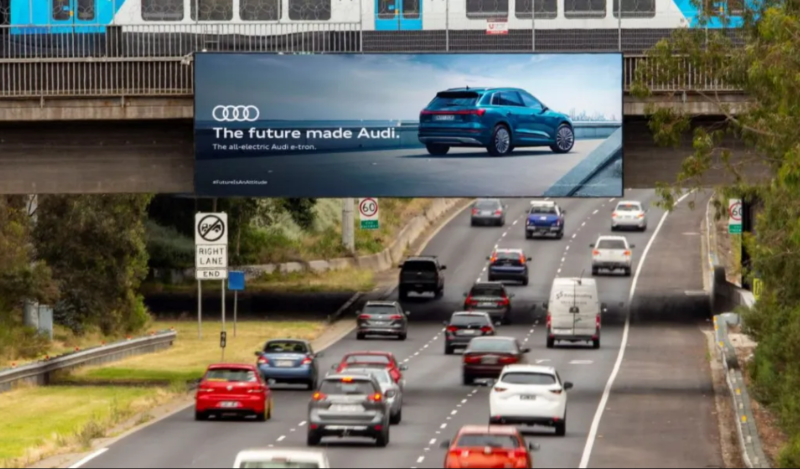Independent verification partner for DOOH says, ‘44% of gross plays are off plan’
Thorndkye, the independent verification partner for all DOOH campaigns has just released its first DOOH State of the Nation – Verification report for Q1 2022.
Thorndyke verification measures hundreds of millions of impressions a month across the market. The report pulled together insights from the ANZ market through its verification services and offers an industry perspective across the sector in this region.



Using your example, what if you booked and paid for 100 impressions for a week, and the 100 were delivered exactly (site, creative, time, duration) and the DOOH provider had un-sold sites and provided then pro-bono as a bonus you would rate them at 46%?
No they wouldn’t be part of the 46%. If they delivered exactly then they would call it an over delivery or bonus.